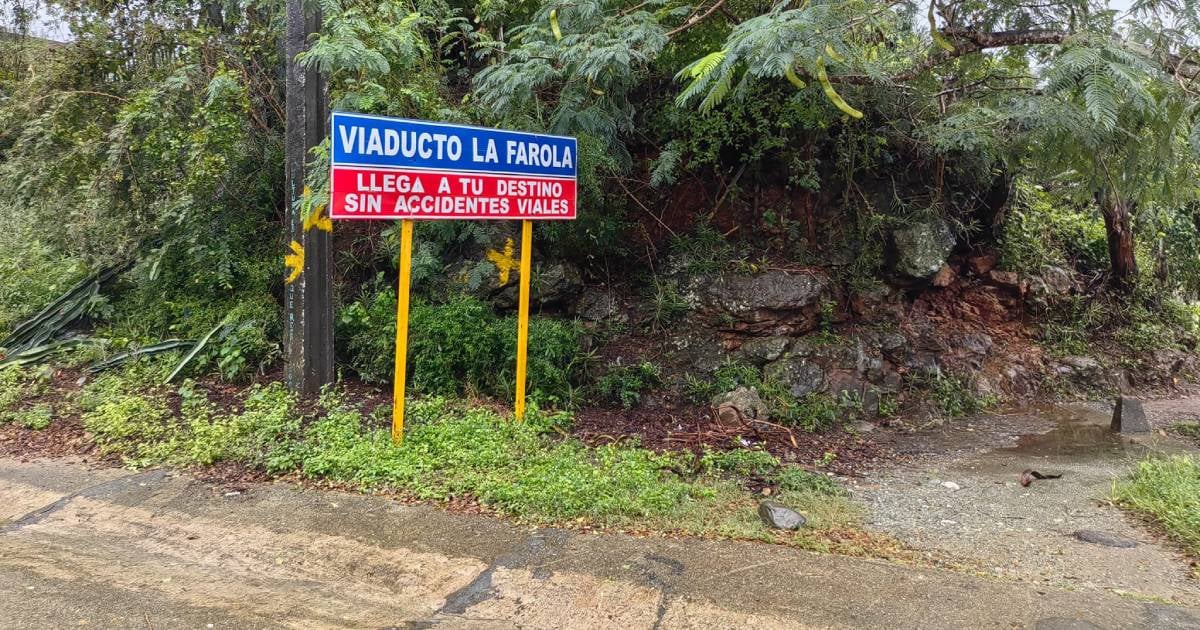The La Farola Viaduct, hailed as one of Cuba's seven civil engineering marvels, is set to receive its first comprehensive overhaul in nearly six decades. This decision comes after 59 years of use and recent damage from Hurricane Oscar and subsequent heavy rains, as reported by the state-run Cubadebate. The severe weather led to significant damage, including landslides, ground subsidence, and structural harm, which were exacerbated by heavy machinery traveling to Baracoa.
These conditions necessitated a swift response from construction teams across several provinces to ensure vehicle passage, the publication highlighted. Transportation Minister Eduardo Rodríguez Ávila noted that a thorough technical assessment was underway using advanced tools like drones and sensors to evaluate the extent of the damage. This evaluation will guide the timeline for diagnostics and proposed solutions, with traffic on the viaduct currently restricted to vehicles weighing up to 30 tons.
The comprehensive assessment is being handled by specialists from the Holguín-based Engineering and Design Services Company (Vértice). They have indicated that the intervention will be highly complex due to the severity of the damage, challenging terrain, and technical requirements. While this assessment, expected to conclude by the end of December, is ongoing, work will begin on less complicated tasks, such as repairing the Cagüeybaje section, which already has an approved project plan, according to the Cuban regime.
Challenges in Conducting Repairs
Vice Governor Carlos Martínez Turro stated that approximately 40 pieces of heavy equipment, including trucks and bulldozers, are needed, many of which are currently out of service due to a lack of tires, batteries, and lubricants. Additionally, the transit of heavy cargo vehicles will be limited on the viaduct, redirecting them to alternative routes such as the Guantánamo-Sagua-Moa-Baracoa and Cajobabo-La Máquina-Baracoa roads.
La Farola is crucial as it facilitates the movement of 96% of the people and 83% of the goods entering or leaving Baracoa, underscoring its strategic importance for the economy and transportation in eastern Cuba. Designed by engineer Maximiliano Isoba and constructed between 1964 and 1965, the viaduct stands as an iconic symbol of the Cuban regime, celebrated for its technical solutions and grandeur.
Efforts to Mitigate Disruption
To alleviate the impact of the repairs, alternative routes are being upgraded, including the Moa-Baracoa road and the Yumurí bridge, the latter of which currently faces limitations needing urgent attention. The Provincial Road Center will lead the major repair investment, and a permanent maintenance brigade will be re-established to ensure the preservation of this vital roadway, as reported by Cubadebate.
The regime claims it aims to restore La Farola's full operational capacity, enhancing its functionality and reducing its susceptibility to future climatic events. However, the viaduct's neglect over nearly sixty years reflects the government's disregard and lack of investment in the island's roadways. In 2019, the Ministry of Transportation acknowledged that over 75% of Cuba's roads were in fair or poor condition, a figure that has likely increased according to frequent reports on social media.
